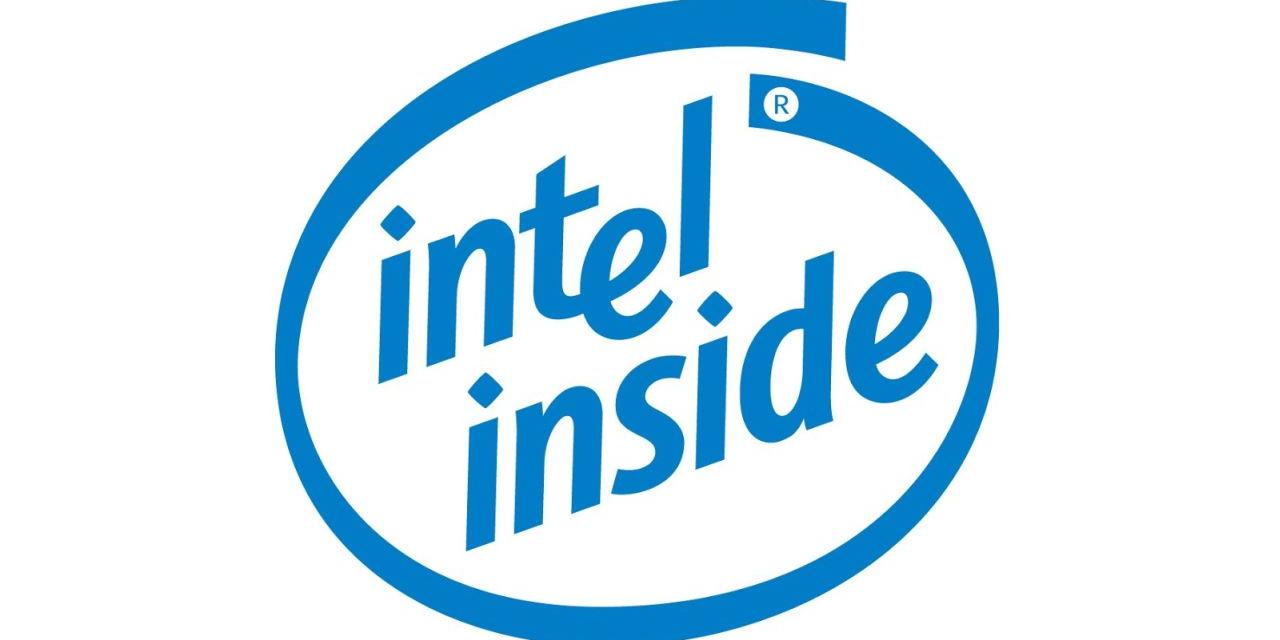
Earlier this week we published a small expose on how Intel is using dubious naming conventions to make it harder for consumers to differentiate between "real" i7 and i5 processors and the mobility ones that are designed mainly for tablets ultra-thing laptops and low power devices.
In the comments section of that article, one of our reader wrote a lengthy well-thought comment submitting that the large power gap between Core i processors on desktop PC and their counterparts in laptops makes it unethical for them both to have the same branding. The comment is so well thought, it deserves to be discussed here.
Giovanni noted that only the H-series which is found only in a limited number of high performance laptop models can be compared to "underclocked desktop processors" and that a top-of-the-line series U laptop processor hardly delivers half the processing power of a high end Core i7 desktop CPU whereas the difference between u-series and y-series mobile CPUs is not that large.
We verified the numbers provided by Giovanni in his comment and we believe that he has a valid point regarding the power divide between the "real" i7's found in desktop PCs and their supposedly-counterpart u series on laptops. That said, the power gap between the u series and the y series which are being merged into one brand should not be underplayed. With a Passmark score of 5,479, the i7-6567U is more than 50% faster than the m7-6Y75 which scores 3,598 points in the same benchmark.
Giovanni's comment is reprinted in its entirety below. We only intervened to add some formatting and grammar corrections. Unfortunately the author didn't register his email address, so we have no means to attribute it to anything but the username he used.
"Even though you got some things right, I think it's important for me to point a fact here: the "U" SKUs aren't the "real" i5s or i7s either. I mean, the performance vs portability issue goes all way up from smartphones to full-sized workstations. In the middle there are tablets, various sizes notebooks, all-in-one PCs and compact case desktops. Intel doesn't have an important share of the tablet market nor does it work with smartphones anymore. But it is present in all the other sectors, with specific products for each.
Talking about the notebook processors in specific, Intel has 3 "size categories". The (former core M) Y-series for the thinnest notebooks out there, the U-series for thin notebooks that doesn't intend to break any world record of thickness, and The H-series for performance-oriented products with average size. The H-series can be seen as underclocked desktop processors. They are the "true" i5s and i7s. Even though they're a bit slower, they are still true quad-cores that can carry the same loads as its desktop variants, without much of a compromise.
Now, the U-series i5s and i7s (specially the 15W models; the 28W ones are kinda faster), are closer to a lower-end desktop i3 than to their big desktop brothers. They are dual-core, hyper-threading enabled chips which simply can't handle serious gaming or content creation workloads. They can perhaps deal with light photo editing and things like that, but they are closer to an "everyday machine for using office applications and surfing the web" than to a performance oriented product, even if Intel tells you otherwise. Finally, the former Core M lineup, now the Y-series of i5s and i7s, is to the U-series what the H-series is to desktop CPUs: almost the same, only with a lower clock speed (in this case with a really lower base clock speed and with a similar, sometimes even higher, turbo boost). They are obviously somewhat slower than the U-series processors and perhaps can't carry some of the light work that those could, but, my question here is: is the Y-series really that different from the U-series at all, performance wise?
If we compare the Passmark score of the fastest non X99 desktop i7 with the fastest H-Series i7, the fastest 28W U-Series i7, the fastest 15W U-Series i7, and the fastest "Core m7", we will have the following: i7-6700K: 10,987 i7-6920HQ: 9,569 i7-6567U: 5,479 i7-6650U: 4,846 m7-6Y75: 3,598 The only abrupt change is between the H-series and the U-series. Between the U-series and the Y-series there is a gradual, barely noticeable, transition. The i7-6500U, for instance, scores as low as 4,325. The i5-6200U scores at 3,977.
If the Y processors doesn't have great performance and can't be called "real" i5s or i7s for that reason, nor should the U ones.
And this is my point here. It is really questionable, from a moral perspective, for Intel to call what is nowadays a Core m7 of "Core i7". But it's already misleading to call the whole U-series i5s and i7s this way. Laptop shops doesn't show the processor SKUs for the buyers, and the vendors mostly just say some nonsense as "i3s are for browsing the web and doing soft office work, on i5s you can do heavier office work and play lower-end games, and on i7s you can do everything". No, simply no! A U-series i7 is severely slower than an H-series i5. It barely can game, God knows if it will be able to solve the needs of a professional buyer! It would be terrible from a business perspective.
The most honest and informative decision would be to reserve the i5 and i7 labels to the desktop and mobile H-series SKUs, and call the whole rest something else. In my opinion, it would be fair to name CPUs like the i7-6650U as "m7"s, even if this name was also maintained for the less powerful Y-series, since they're more similar between themselves than in comparison to the other i5s and i7s."







